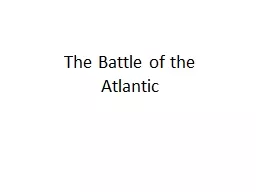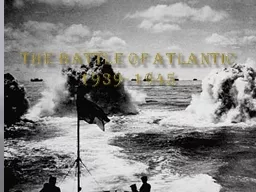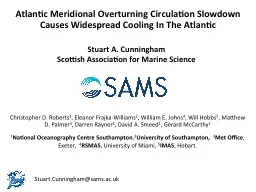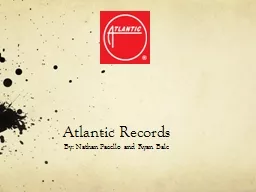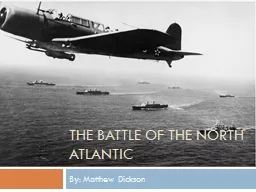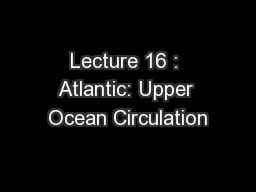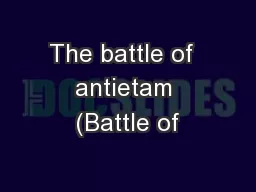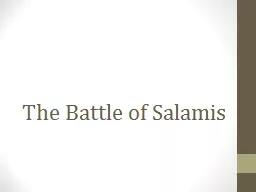PPT-The Battle of the Atlantic
Author : karlyn-bohler | Published Date : 2016-03-09
France had fallen in 1940 United Kingdom was out of money In December 1941 the Japanese attack on Pearl Harbor brought the United States into the war However The
Presentation Embed Code
Download Presentation
Download Presentation The PPT/PDF document "The Battle of the Atlantic" is the property of its rightful owner. Permission is granted to download and print the materials on this website for personal, non-commercial use only, and to display it on your personal computer provided you do not modify the materials and that you retain all copyright notices contained in the materials. By downloading content from our website, you accept the terms of this agreement.
The Battle of the Atlantic: Transcript
Download Rules Of Document
"The Battle of the Atlantic"The content belongs to its owner. You may download and print it for personal use, without modification, and keep all copyright notices. By downloading, you agree to these terms.
Related Documents

